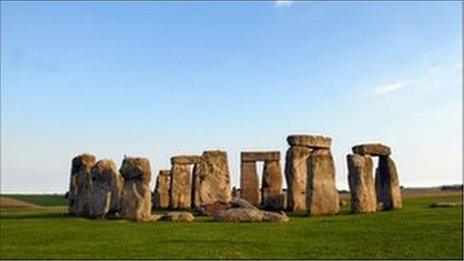Stonehenge mini model reveals sound of monument
- Published
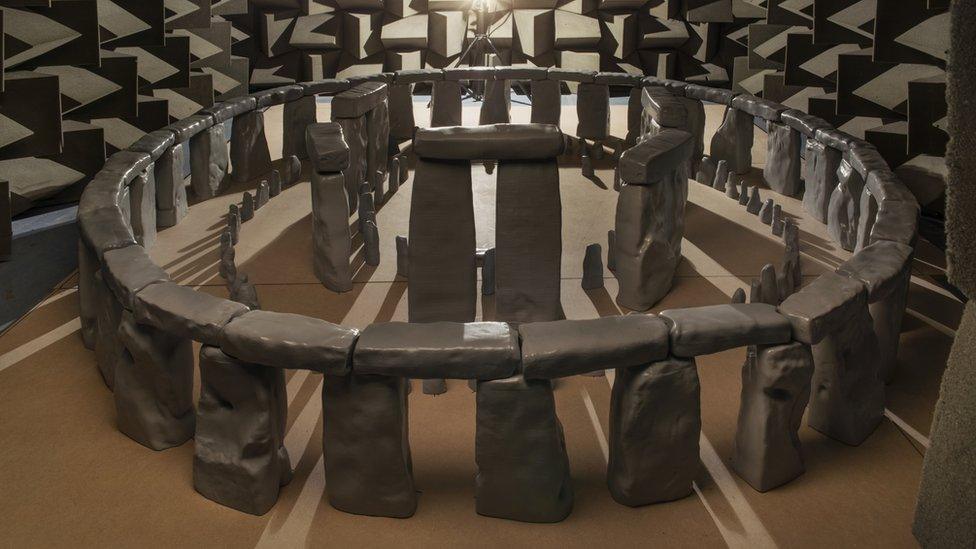
Prof Trevor Cox said the model gave an insight "into what our ancestors would have heard"
A scale model of Stonehenge has been built to try and find out what early visitors to the monument would have heard more than 4,000 years ago.
University of Salford academics recreated the ancient circle to find out how sound would have carried across all the original 157 stones in 2,200BC.
The to-scale 1/12th model was made using 3D printing and custom modelling.
Prof Trevor Cox said the model gave an insight "into what our ancestors would have heard in the stone circles".
"Now we know the voice would have been enhanced by being in that space," he added.
Academics worked with English Heritage using laser scans of the stones and architectural research to create the shape and position of the stones in an acoustic chamber.
Allow X content?
This article contains content provided by X. We ask for your permission before anything is loaded, as they may be using cookies and other technologies. You may want to read X’s cookie policy, external and privacy policy, external before accepting. To view this content choose ‘accept and continue’.
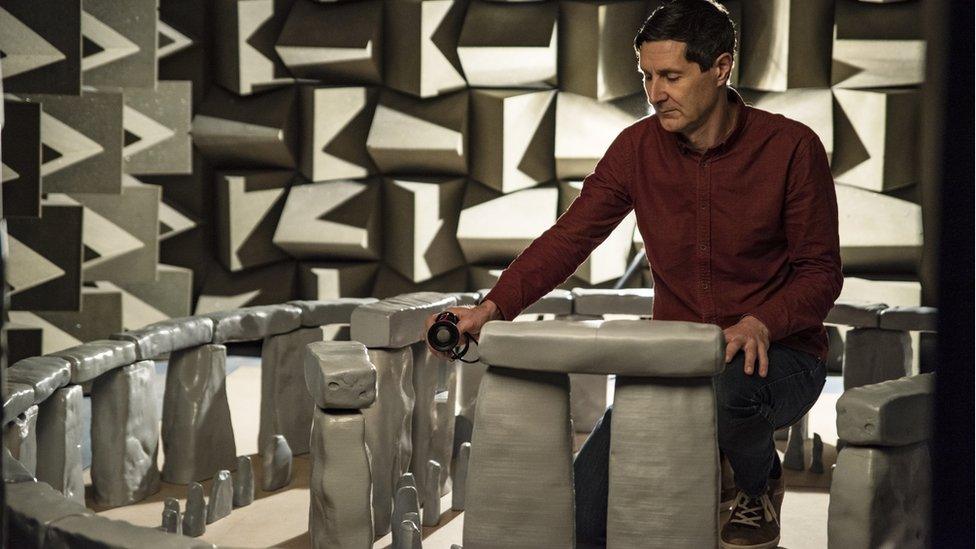
Prof Trevor Cox said the acoustics were more like an enclosed room than an outdoor space
Prof Cox, who is leading the project, said: "Surprisingly, considering the henge has no roof and there are lots of spaces between the stones, the acoustics are more like an enclosed room rather than an outdoor space."
In 2012, a team of academics carried out acoustic experiments using a full-sized concrete reconstruction of the monument in Maryhill in the United States.
Prof Cox said after comparing the results, scientists were getting "similar answers except at bass frequencies".
"We don't know exactly how Stonehenge was used but whatever happened around or inside it would have involved sound and so understanding the acoustics is a vital part of understanding Stonehenge," he said.
- Published18 April 2012
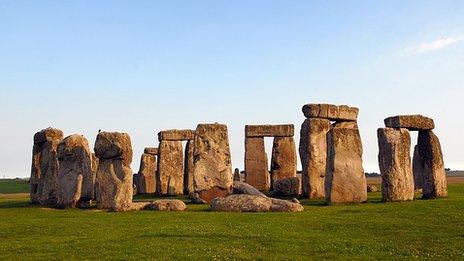
- Published5 March 2012
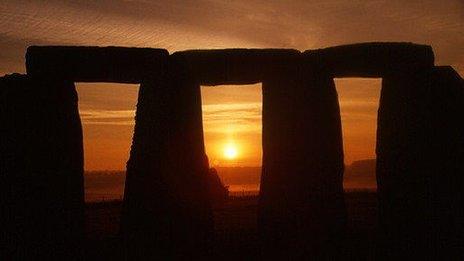
- Published18 April 2012
